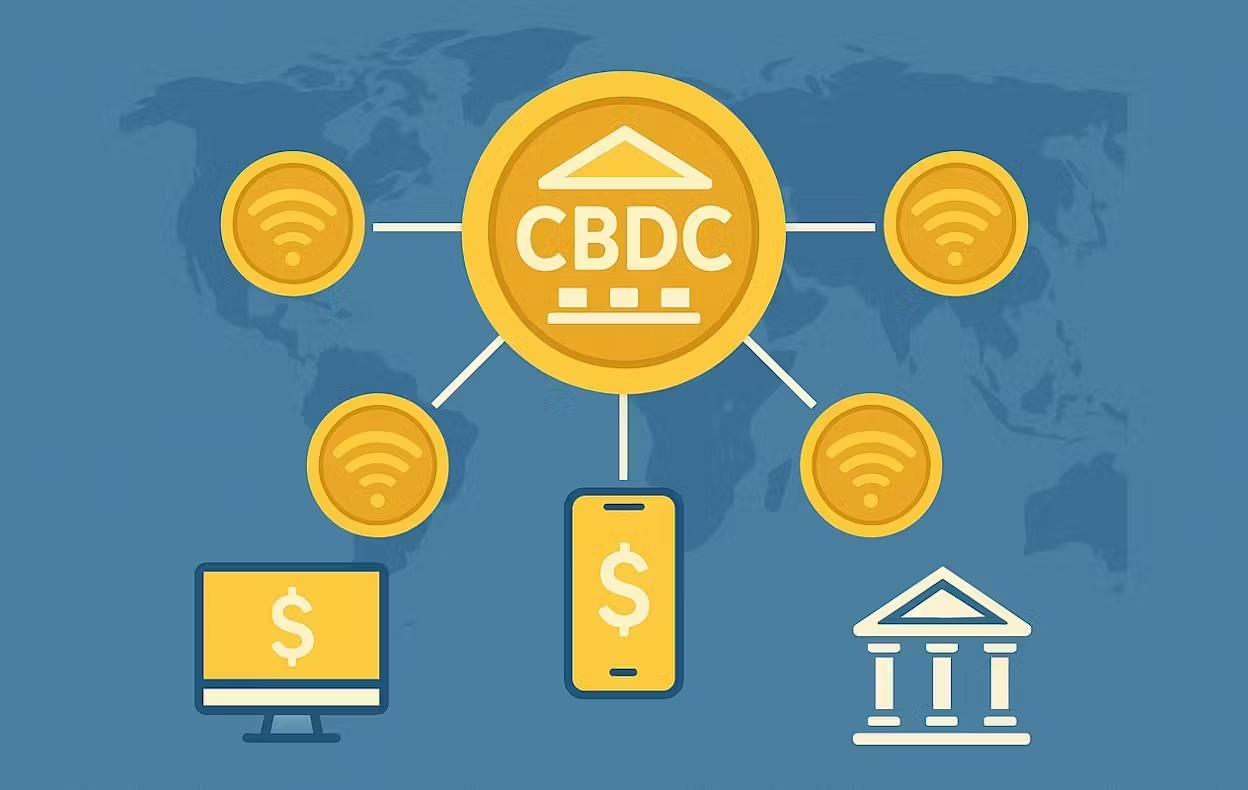Now Reading: Is India Pushing Crypto to the Margins? What That Means for Tier-2 Cities
-
01
Is India Pushing Crypto to the Margins? What That Means for Tier-2 Cities
Is India Pushing Crypto to the Margins? What That Means for Tier-2 Cities

India’s stance on cryptocurrency has always been cautious, and 2025 is no exception. While global markets continue to evolve, the Indian government seems focused on tightening control rather than opening up to private digital currencies. This has left many crypto investors uncertain, especially in Tier-2 cities where awareness is growing but opportunities remain limited. The question now is whether India is pushing crypto to the sidelines—and what that means for smaller-town users.
Over the past year, regulations have become stricter. The government introduced heavy taxation on crypto gains and strict reporting rules for exchanges. Several international platforms even pulled out of the Indian market due to compliance hurdles. For many young investors who started trading during the 2021 boom, these restrictions have turned enthusiasm into hesitation. They now find it harder to access global exchanges or trade freely, especially if they live outside major metros.
For Tier-2 cities, where financial literacy is still developing, crypto once felt like a way to participate in a modern, global economy. Young professionals and small entrepreneurs saw it as a new asset class—something more exciting than traditional savings. But as banks restrict transactions linked to crypto exchanges and regulations stay unclear, that early momentum is fading. Many investors have shifted back to mutual funds, gold, or fixed deposits, seeing them as safer and easier options.
The government’s concern is understandable. Crypto remains highly volatile, and the rise in scams has led to significant financial losses. Officials argue that without strong regulation, digital currencies could threaten financial stability. Yet critics believe India’s current approach—taxing heavily and limiting access—risks stifling innovation. Instead of banning or isolating crypto, they say the focus should be on building safer, transparent systems through education and smart regulation.
For smaller cities, the impact goes beyond investment. Crypto education centers and local trading communities that once thrived are now slowing down. Developers who wanted to work on blockchain projects face funding and legal uncertainty. The lack of clarity discourages experimentation, and India risks losing young talent to more crypto-friendly countries.
What this really means is that India’s financial future is at a crossroads. The nation doesn’t have to choose between safety and innovation—it can build a middle path with clear rules that protect users while allowing progress. For Tier-2 cities, where digital growth is just taking off, an inclusive approach could open new opportunities in blockchain, fintech, and digital entrepreneurship. But if the push to the margins continues, crypto might remain an opportunity that slipped away before it truly reached the people who needed it most.

























